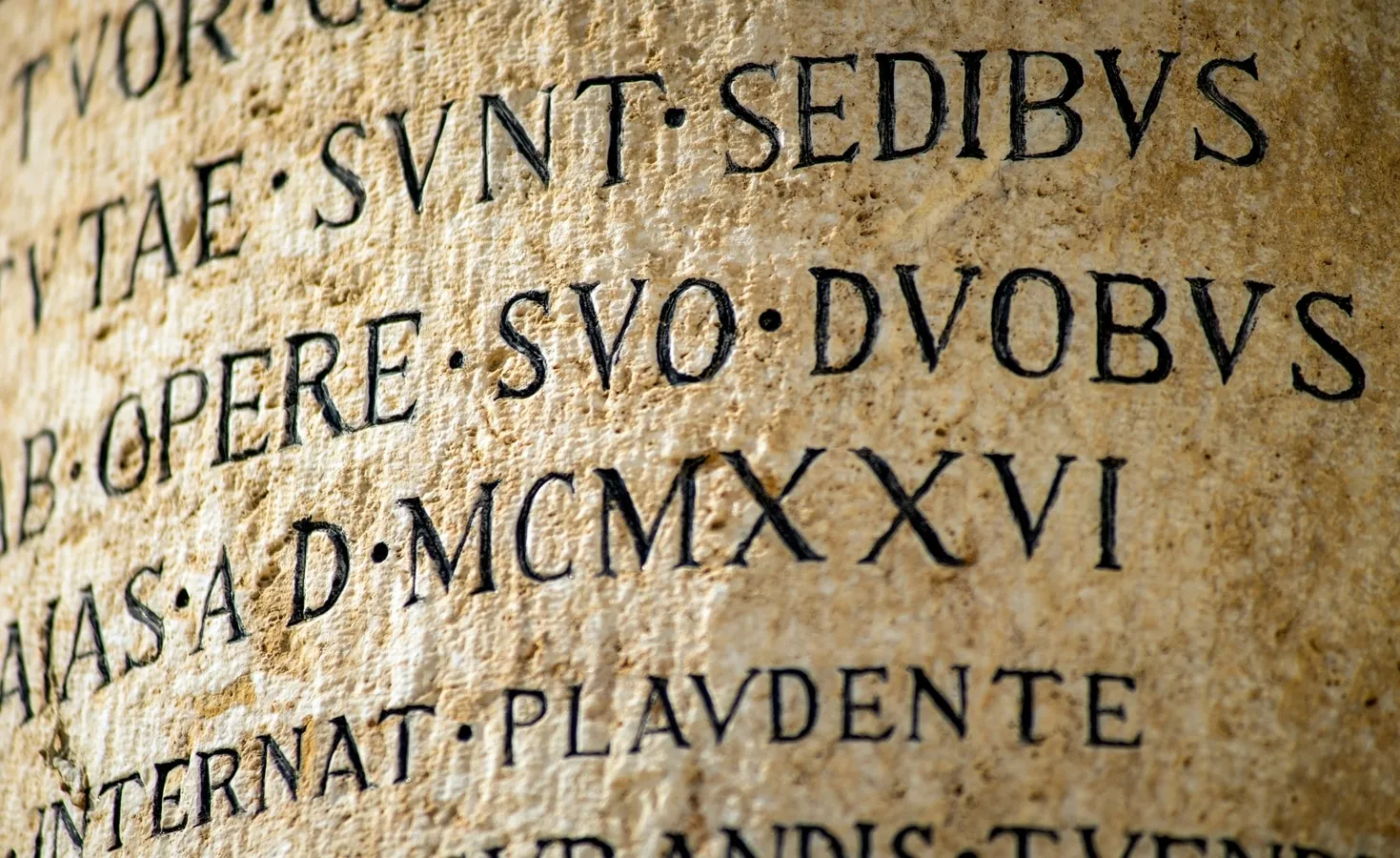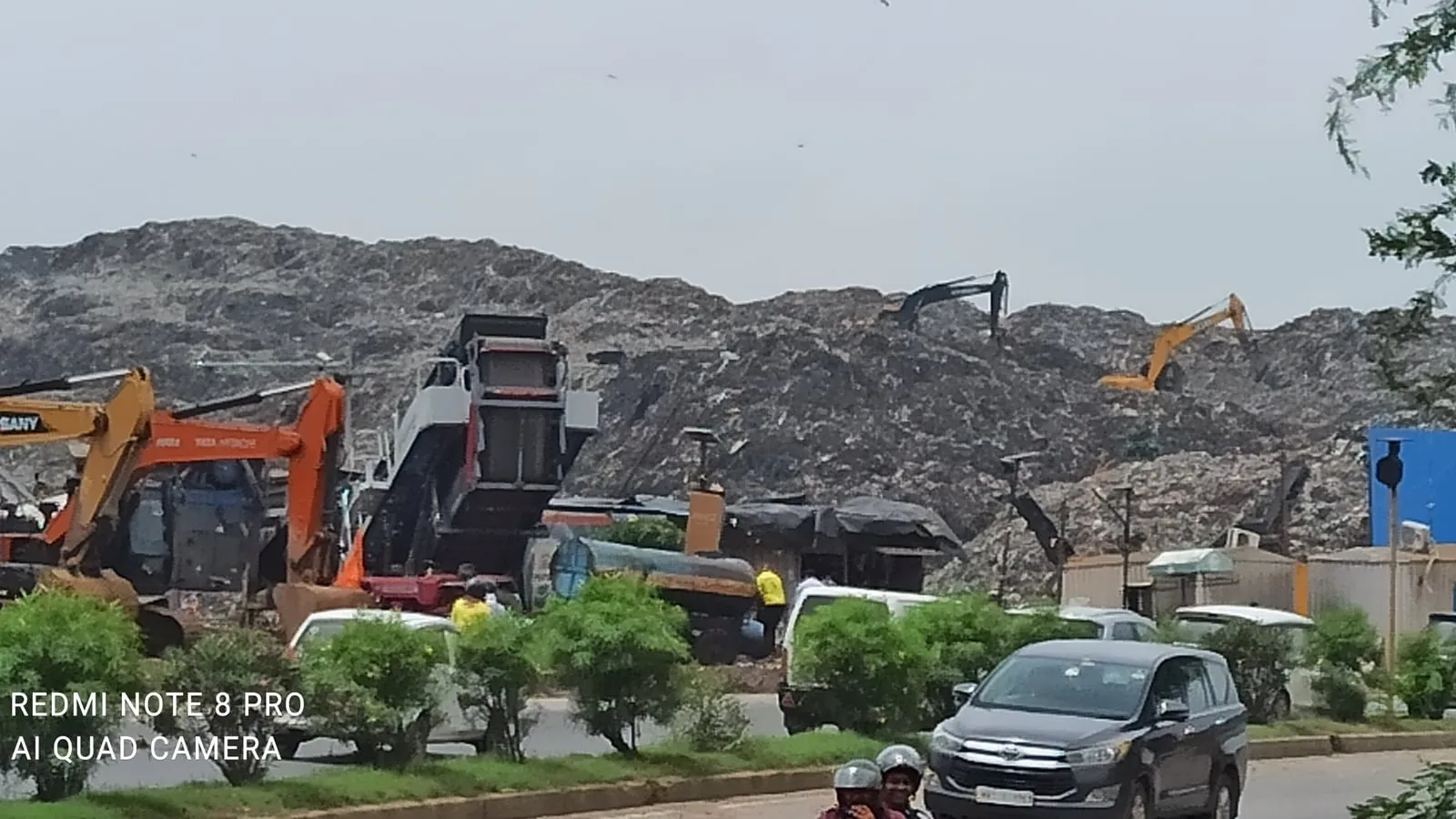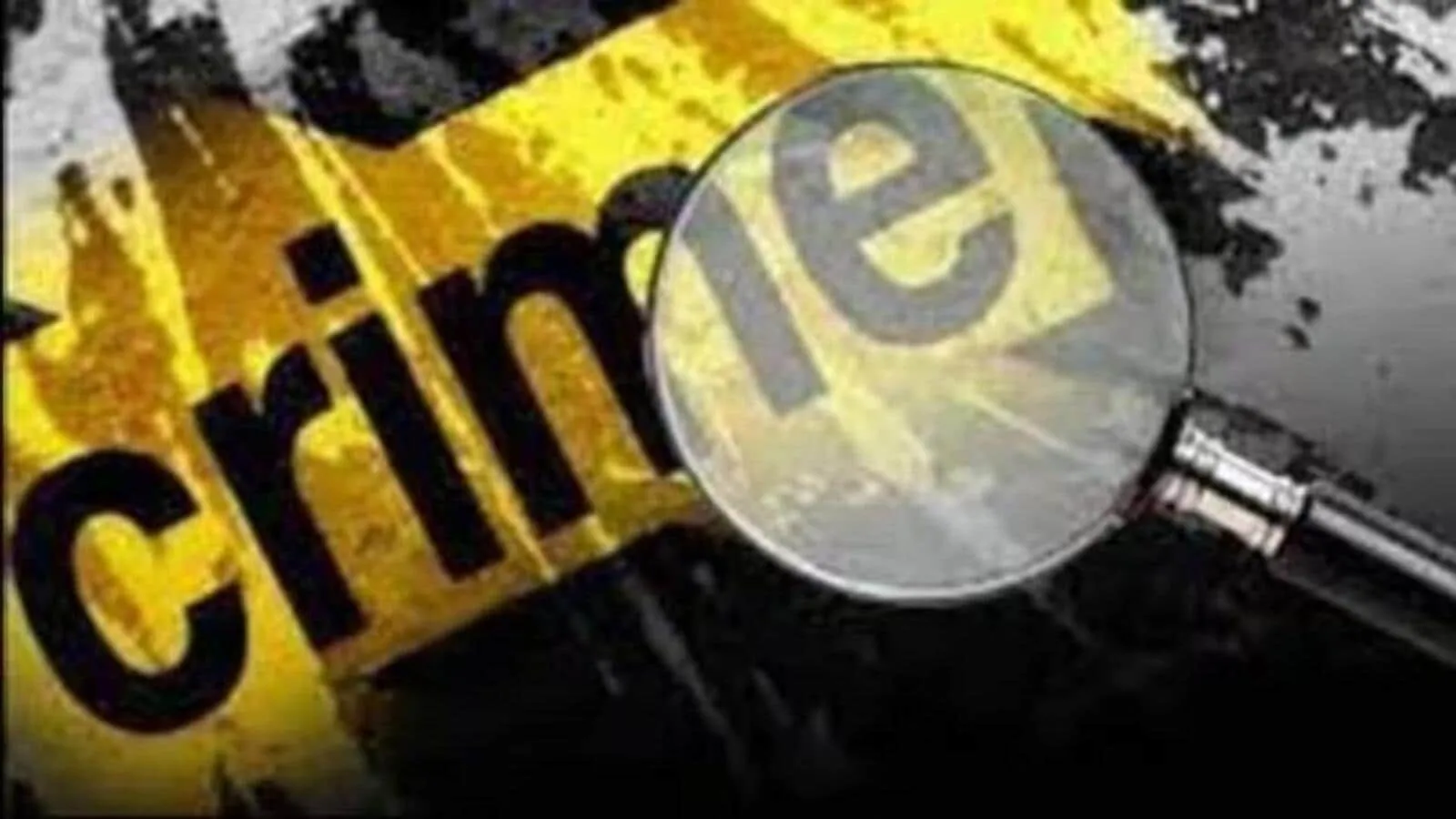Centuries after the Roman Empire left its mark across, many of its stories still sit locked inside damaged stone and pottery. In recent years, researchers faced the daunting problem of reading ancient Latin inscriptions where much of the text had been lost to time. These fragments, once etched for the public or to honour the dead, are now more like half-finished sentences. For historians, each is a puzzle with missing pieces. New technology is helping to reveal lost Roman stories by restoring Latin inscriptions once thought too damaged to ever read.(Unsplash)
Reviving Lost Roman Stories
Now, a fresh approach is taking shape. Historians have teamed up with Google DeepMind to create a new tool, called Aeneas, that helps fill in the blanks of broken inscriptions. The software owes its name to a character from Roman legend, but its work is entirely grounded in the digital age. Unlike earlier methods that leaned on guesswork or limited cross-checking, Aeneas draws on a huge database, learning from thousands of ancient Latin writings and images. This helps it suggest which words might be missing when researchers come across another cracked tablet or worn slab.
The Innovative Aeneas Tool
At the heart of the tool is a single aim. Help experts reconstruct Latin text where gaps have left meaning uncertain or lost. Aeneas can look at what remains, compare it to patterns and phrases found in its training set of over 170,000 inscriptions, and offer predictions for what likely belongs in the missing sections. This works even if the gap’s length is unknown. In tests with simulated damage, Aeneas restored missing words with a level of accuracy that has surprised the academic community. When paired with real experts, the combined team recovered significantly more of the original meaning than either could achieve on their own.
Practical Advantages of Aeneas
What sets Aeneas apart is its focus on practicality. It not only predicts lost chunks of text but also links researchers to similar inscriptions or key people and places named elsewhere in ancient writing. In studies, historians found these suggestions valuable nine out of ten times when looking for context or starting new research threads. The tool can also estimate, with reasonable certainty, when and where in the Roman world an inscription was created. Tests show it can date some inscriptions to within a decade and identify the region in about three out of four cases. This brings new clarity to questions that once lingered for years.
Uncovering Roman Life through Inscriptions
Historians note that Latin inscriptions are among the richest sources for everyday Roman life, records of law, religion, military affairs, commerce, and even quiet personal messages. Across the Mediterranean and beyond, new finds surface, but many carry breaks, erosion, or missing pieces that have always made interpretation slow. By bringing Aeneas into the research process, scholars can now piece together stories more quickly and fill in many of those crucial missing details.
While the tool was built with Roman Latin in mind, experts think its approach could help with other languages and periods, where time has left only fragments. It is already free to use and available to the wider research community online. Some scholars urge caution, noting that machines can suggest, but people must always check the answer against what is known about the history, location, and context. The hope is that Aeneas will not just fix broken sentences but foster new discoveries and spark fresh studies. As more ancient words return to light, a bigger story about the Roman world is slowly coming back together – one complete sentence at a time.






